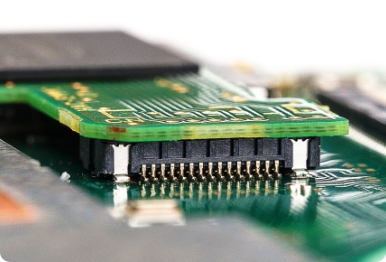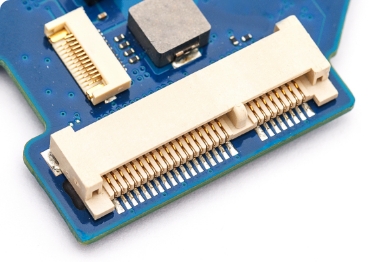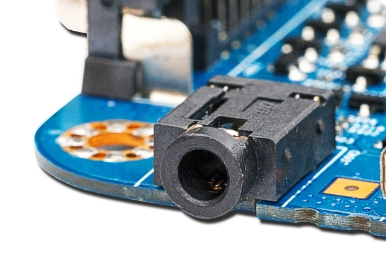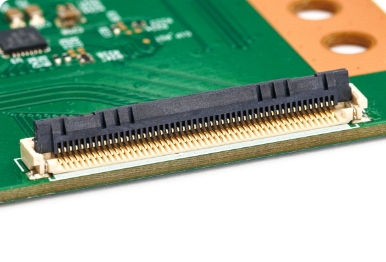Application
A high heat resistant material with superior rigidity and fluidity suitable for SMT process.
Chosen in the field of ICT such as connectors and jacks.
-

B-to-B connectors
-

W-to-W connectors
-

Jacks
-

FPC connectors/actuators
Property
Achieving high toughness in the injection molding of thin and complicated shapes to facilitate post processes.
In the grades for electric applications, the design and dispersion state of flame-retardant components are controlled. It reduces the blister generation as much as possible, while being equipped with reflow heat resistance that is compatible with lead-free soldering process. In addition, it not only achieves high toughness even in downsized and thin products but also reduces the formation of burrs, strength unevenness, and conducting carbonized paths due to superior weld strength and tracking resistance. It reduces the cracks that are likely to be generated during bending and press-fitting assembly to contribute to the enhancement of quality and efficiency rate.


DIMENSIONAL STABILITY
Also offering grade with low warpage.
Best for connectors requiring high precision.

How to test the amount of warpage
- Test piece: A plate-like test piece of 50 x 30 x 0.6 mm
- Measure the distance from the horizontal surface after molding and reflow*
* Peak top temperature of reflow: 260℃

HIGH TOUGHNESS
Also applicable to complicated injection molding. Contributing to the enhancement of design freedom and durability of connector products with high toughness.


How to test flow length
- Test piece: 10 mm in width x 0.5 mm in thickness
- Measure the distance filled through injection molding as the flow length
- The cylinder temperature (CT) and mold temperature (MT) during injection molding are described in the graph

How to test toughness
- Test piece: A plate-like test piece of 64 x 6 x 0.8 mm
- Test condition: Three-point bending test, distance between spans of 26 mm, and velocity of 5 mm/min.
- The toughness (=fracture energy) is figured out from the area of SS curve obtained
